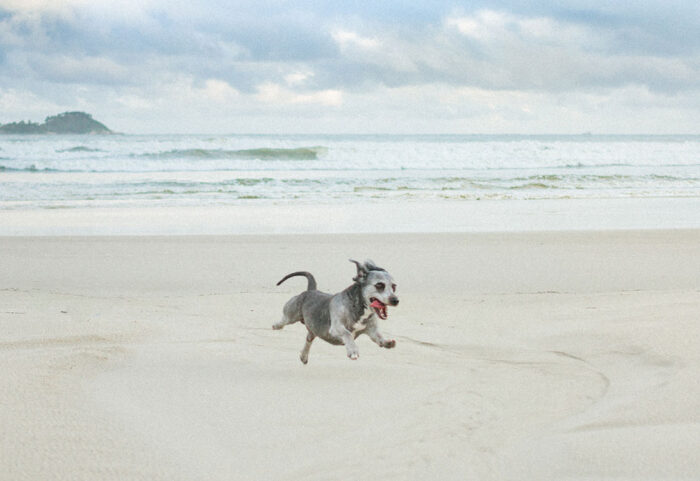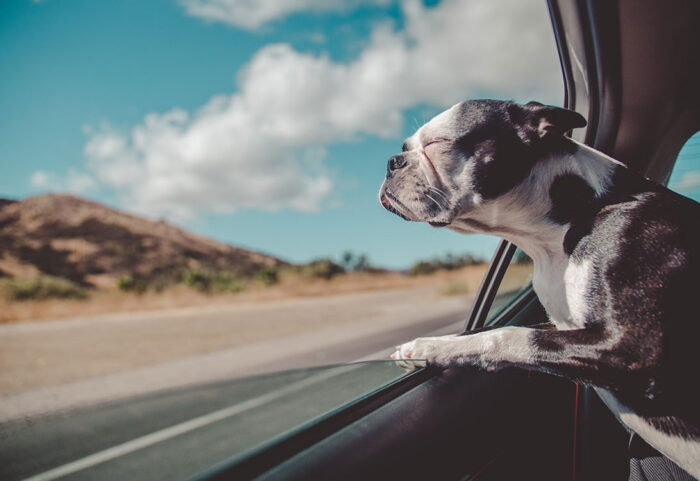How to Keep Your Dog Calm During a Move
In surveys, people have time and again rated “moving” as the most stressful experience a person can go through.
Can you imagine how hard moving is on your dog?
Humans, at least, understand what’s going on. They have control over the process and they have enough forward-thinking to understand the move will eventually end. Dogs probably don’t see moving the same way. A dog’s home is his whole world. When that’s in upheaval, he might feel like his safety is in jeopardy, or that risks are everywhere. At the very least, he’s going to feel confused, disoriented, and sad to be leaving.
Here’s what you can do to keep your dog calm during a move.
- Before the move happens, be sure to give your dog the same amount of attention and love as always. It’s going to be hard to find the time, but continued play, affection, and routine helps your dog feel at ease.
- Most vets recommend keeping your dog with you (as opposed to taking him to a boarding facility) during a move. He’ll already know something’s amiss, and leaving your side can further exacerbate his anxiety.
- Before moving day, talk to your vet about anxiety medication for your dog. You have a lot of options. Your vet may suggest anti-anxiety pheromone pills, or she may even prescribe you a mild sedative to give your dog on the day-of.
- Pets move last, so set up a space for your dog before moving day and be sure he’s comfortable with it. The ideal location is a cozy crate, but if your dog doesn’t like crates, an out-of-the-way room can be a good choice. Just make sure to clearly mark the door as “Do Not Open” on moving day so the movers don’t let your pooch out.
- During the hustle and bustle, check on your dog often. Try and be a calm presence, offering words of reassurance and taking him for a tiring walk if you can squeeze it in.
- On the way to the new house, your dog should stay with you – don’t let the movers pack his crate in the truck! If your dog will ride in his crate, great. If not, create a cozy spot in the backseat (preferably with a doggy car harness) where he can relax during the drive.
- Before you get to the new house, set up a space that’s all your dog’s. An extra bedroom is ideal, as is a sunroom with a door. Again, mark the room as “Do Not Open” and repeat the move-out process as before while your things get loaded in.
- When you first arrive at the new place, put your dog on-leash before getting out of the car and immediately let him survey the landscape. This is a great time for a walkabout where your dog can sniff, pee, and generally get the lay of the land. Inside the home, keep him on his leash until the hectic parts are over! This keeps him safe and your stuff unbroken, too.
- Try to get back into your dog’s routine as soon as possible after the move. Get your dog’s bed and favorite toys out for playtime, and try to feed and walk him on his normal schedule. In general, avoid doing anything “out of the ordinary” like letting him sleep in your bed if he doesn’t usually; the sooner your dog understands the routine, the more comfortable he’ll be.
Moving is stressful. It just is. No matter how well you prepare and how much help you hire, uprooting your life is a big proposition. Don’t forget that your dog is a member of the family, and be sure to take his feelings about the move into account, too! Be patient, be understanding, and be consistent.


